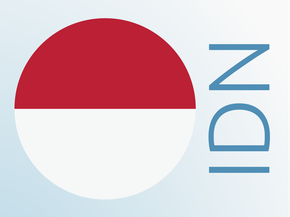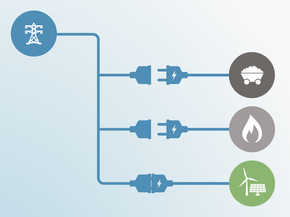Net zero targets
Summary
We evaluate the net zero target as: Target information incomplete
Indonesia has not yet communicated an explicit net zero target but explores scenarios that could lead to net zero by 2060 or sooner in its long-term strategy (LTS) submitted to the UNFCCC in July 2021 (Government of Indonesia, 2021).
In November 2024, the President made an announcements to achieve net zero emissions before 2050, a decade earlier than previously indicated (AP News, 2024). While these announcements signal a positive shift in the country’s energy and climate commitments, the complexity of Indonesia’s power sector and the existing policy and regulatory framework present structural barriers to implementing these pledges quickly. The President’s leadership in reforming the regulatory framework and aligning policies is a prerequisite to achieving these targets.
The CAT currently does not evaluate Indonesia’s net zero target given the preliminary nature and a lack of more detailed information. The CAT will do so once further information will be communicated by the government.
CAT analysis of net zero target
Scope
- Target year – Indonesia aims to reach net zero by 2060 or sooner.
- Emissions coverage – Indonesia provides no explicit information on the target’s emissions coverage. The LTS considers some, but not all GHGs – the energy sector analysis focuses on CO2; while the waste sector analysis considers CO2 and CH4; industry considers CO2, N2O, PFCs, omitting HFCs and SF6; and the AFOLU sector considers CO2, CH4, and N2O (Government of Indonesia, 2021).
- International aviation and shipping – Indonesia provides no information on its intention to cover international aviation and shipping.
- Reductions or removals outside of own borders – Indonesia provides no information on its intention to use international offset credits to meet its net zero target.
Target architecture
- Legal status – Indonesia has not yet communicated an explicit net zero target but explores scenarios that could lead to net zero by 2060 or sooner in its long-term strategy (LTS) submitted to the UNFCCC in July 2021 (Government of Indonesia, 2021).
- Separate reduction & removal targets – Indonesia provides no information on its intention to communicate separate emission reduction and removal targets.
- Review process – Indonesia provides no information on its intention to establish a review cycle for its net zero and intermediate targets.
Transparency
- Carbon dioxide removal – Indonesia provides no information on its intention to communicate transparent assumptions on carbon dioxide removals.
- Comprehensive planning – The LTS explores scenarios that could lead to net zero by 2060 or sooner but Indonesia does not yet formally commit to a pathway (Government of Indonesia, 2021).
- Clarity on fairness of target – Indonesia provides some information that its target has taken into account country’s economic developments and justice aspect but lacks detail on how GOI defines the target as country’s fair share.
Good practice
The Climate Action Tracker has defined the following good practice for all ten key elements of net zero targets. Countries can refer to this good practice to design or enhance their net zero targets.
Further analysis
Country-related publications
Stay informed
Subscribe to our newsletter







